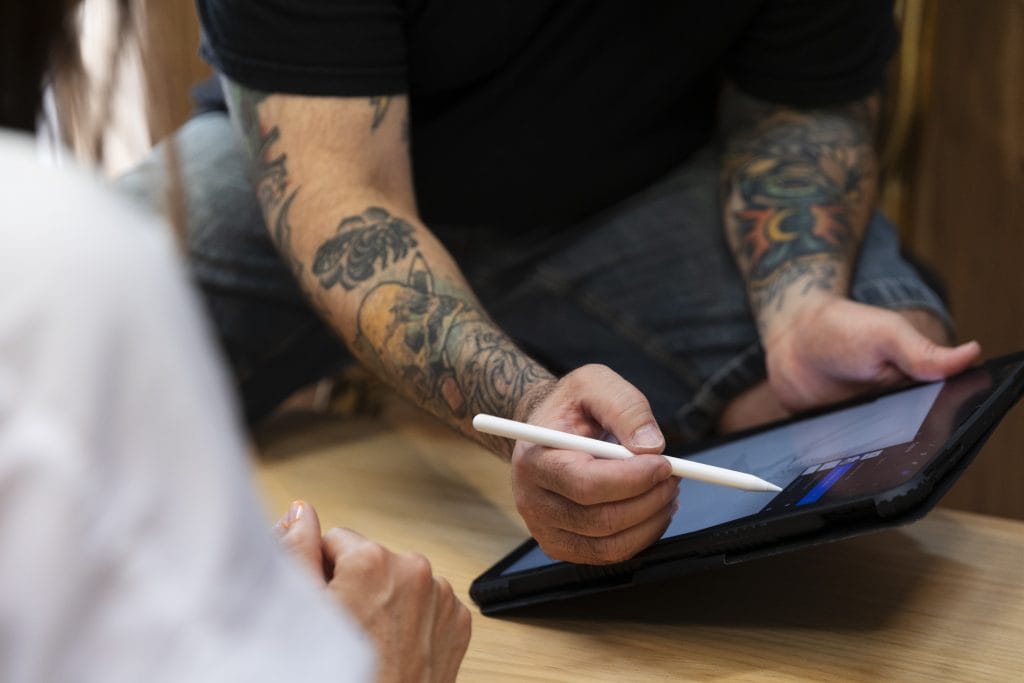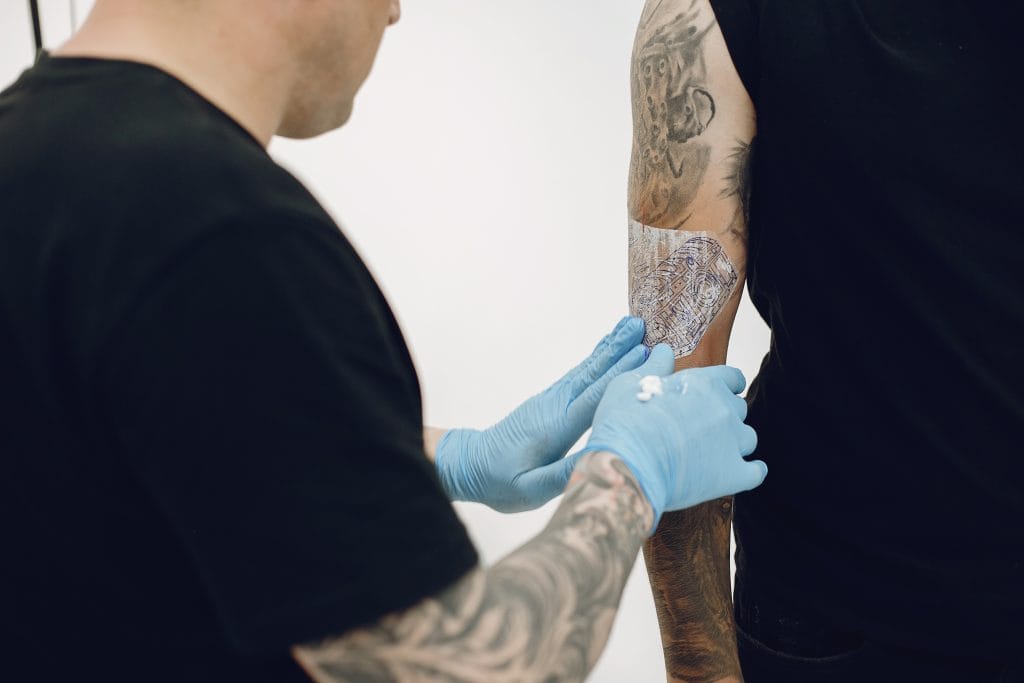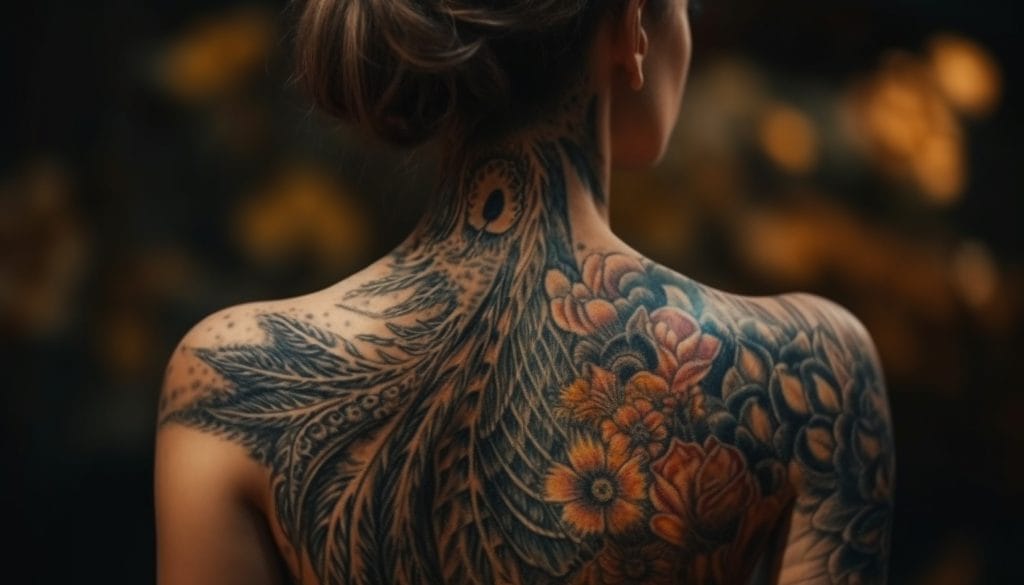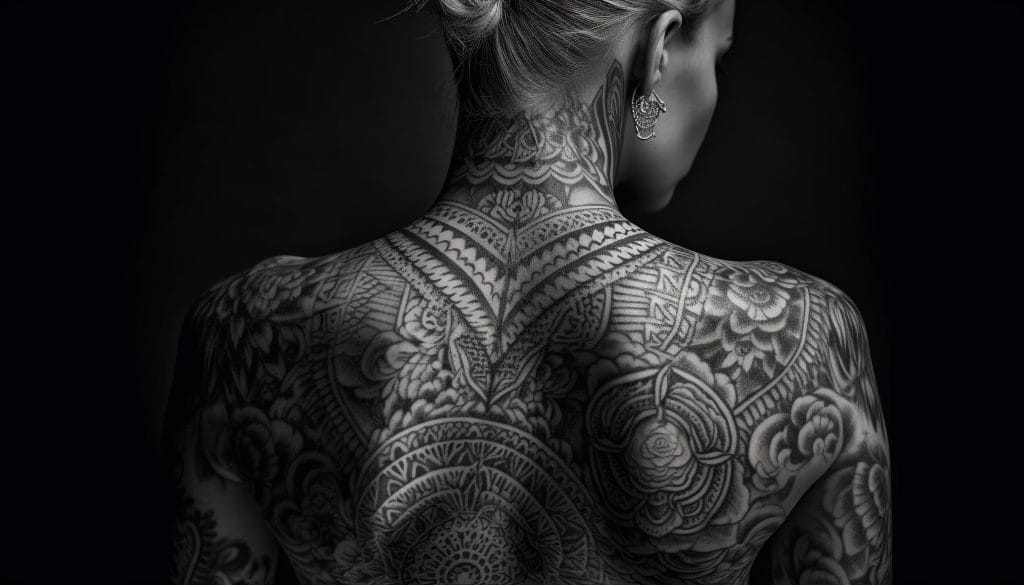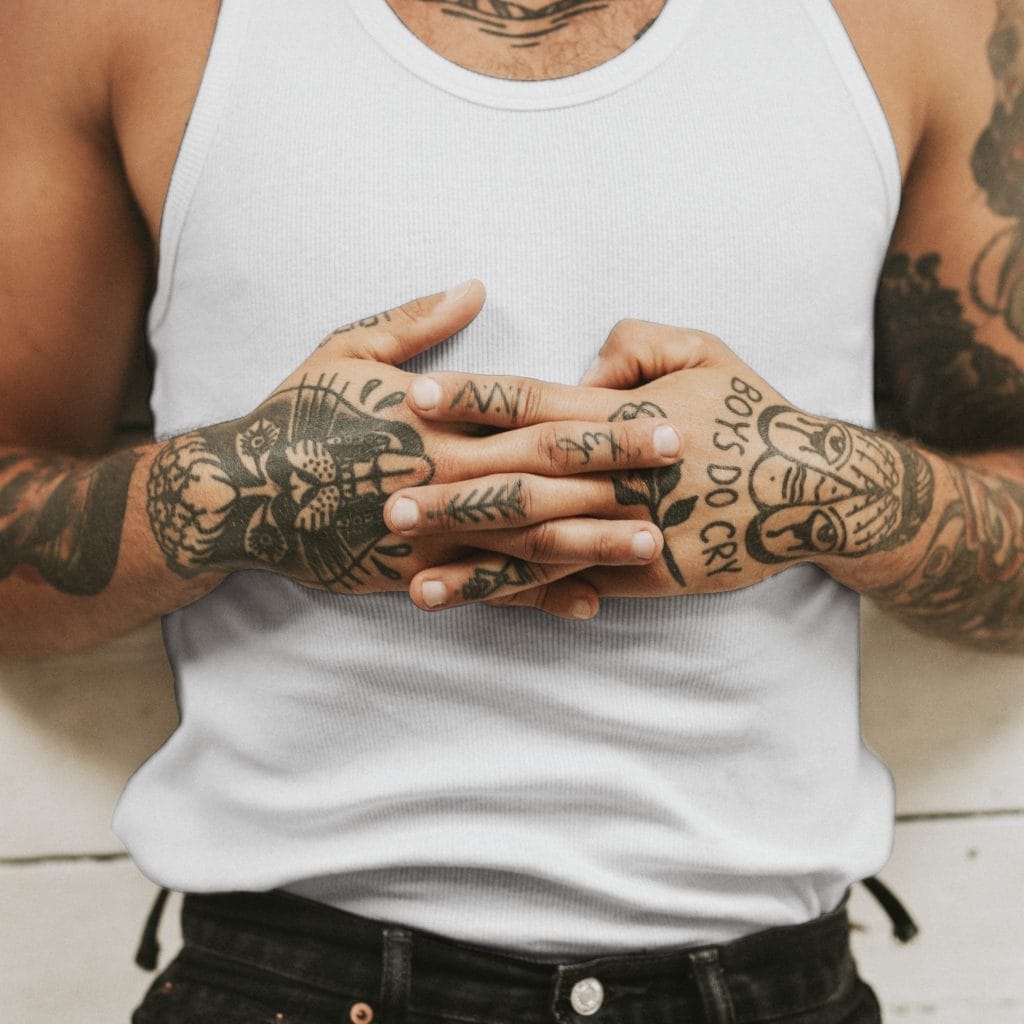The healing process of a tattoo is a crucial aspect that every individual should comprehend before getting inked. When you receive a tattoo, your skin undergoes a significant trauma as needles puncture the outer layer to deposit ink into the dermis. This process initiates a natural healing response, which is essential for the longevity and vibrancy of your tattoo.
Understanding this process can help you appreciate the journey your body goes through to recover and maintain the artwork on your skin. During the healing phase, your body works diligently to repair the damaged skin. This involves several biological processes, including inflammation, tissue regeneration, and the formation of new skin cells.
The initial days post-tattooing are marked by redness and swelling, which are normal reactions as your body responds to the trauma. Being aware of these changes can help you manage any discomfort and set realistic expectations for how your tattoo will look in the days and weeks following the procedure.
Key Takeaways
- Understanding the healing process is crucial for proper tattoo care and maintenance.
- A fresh tattoo may appear red, swollen, and shiny, with some oozing and scabbing.
- Managing expectations is important as tattoos may not look perfect during the healing process.
- The healing stages of a tattoo include redness, scabbing, itching, and peeling.
- Tips for caring for a healing tattoo include keeping it clean, moisturized, and protected from the sun.
The Appearance of a Fresh Tattoo
A fresh tattoo presents a unique aesthetic that is often characterized by vibrant colors and sharp lines. Immediately after the tattooing process, the ink appears bold and striking, showcasing the artist’s skill and creativity. However, it is essential to recognize that this initial appearance is not indicative of how the tattoo will look once it has fully healed.
The skin surrounding the tattoo may be red and slightly swollen, which can alter the perception of the design’s clarity and color saturation. In addition to the redness and swelling, a fresh tattoo may also exhibit a glossy sheen due to the application of ointments or creams recommended by your tattoo artist. This shine can make the colors appear more vivid than they will be once the tattoo has settled into its final form.
Understanding that this initial look is temporary can help you appreciate the evolution of your tattoo as it transitions through various stages of healing.

Managing Expectations
Managing expectations is vital when it comes to getting a tattoo, especially regarding its healing process. Many individuals may anticipate that their tattoo will remain as vibrant and flawless as it appears immediately after being inked. However, it is essential to understand that tattoos undergo significant changes during the healing period.
The initial vibrancy may fade slightly as the skin heals, and some colors may appear less saturated than they did right after application. Moreover, each person’s skin reacts differently to tattoos, influenced by factors such as skin type, placement, and aftercare practices. Some individuals may experience more pronounced peeling or scabbing than others, which can affect how the tattoo looks during the healing process.
By setting realistic expectations and understanding that some changes are normal, you can approach your tattoo journey with a more positive mindset.
The Healing Stages of a Tattoo
The healing stages of a tattoo can be broken down into several distinct phases, each with its characteristics and timeline. The first stage typically lasts for about three to five days post-tattooing. During this time, you may notice redness, swelling, and tenderness around the area.
This is your body’s natural inflammatory response as it begins to heal the punctured skin. Following this initial phase, the second stage usually occurs around days five to ten. During this period, you may experience peeling or flaking as your skin starts to shed dead cells and regenerate new ones.
It is crucial to resist the urge to pick at any scabs or flakes during this time, as doing so can compromise the integrity of your tattoo and lead to uneven healing. The final stage of healing generally takes about two to four weeks, during which your tattoo will continue to settle into your skin, revealing its true colors and details.
Tips for Caring for a Healing Tattoo
Caring for a healing tattoo is essential to ensure that it heals properly and maintains its beauty over time. One of the most important aspects of aftercare is keeping the tattoo clean and moisturized. Gently washing the area with mild soap and lukewarm water helps remove any excess ink or blood while preventing infection.
After cleansing, pat the area dry with a clean towel—never rub it—and apply a thin layer of fragrance-free moisturizer or ointment recommended by your tattoo artist. Another critical tip is to avoid exposing your healing tattoo to direct sunlight or soaking it in water for extended periods. Sun exposure can cause fading and irritation, while submerging your tattoo in pools or hot tubs can introduce bacteria that may lead to infection.
Wearing loose clothing over the tattooed area can also help prevent friction and irritation during the healing process. By following these care tips diligently, you can promote optimal healing and preserve the integrity of your new artwork.
The Appearance of a Healed Tattoo
Once a tattoo has fully healed, its appearance can be quite different from how it looked in its fresh state. A healed tattoo typically exhibits softer lines and colors that have settled into the skin. The initial vibrancy may have mellowed slightly, but this does not mean that the tattoo has lost its beauty; rather, it has matured into its final form.
The details become more defined as any swelling subsides, allowing for a clearer view of the design. Additionally, healed tattoos often have a more natural look as they blend seamlessly with your skin tone. The texture may also change slightly; while fresh tattoos can feel raised due to scabbing or peeling, healed tattoos should feel smooth to the touch.
Understanding this transformation can help you appreciate the artistry involved in tattooing and recognize that each stage contributes to the overall beauty of your body art.
Comparing fresh tattoos to their healed counterparts reveals significant differences that highlight the dynamic nature of body art. Fresh tattoos are often characterized by their boldness—sharp lines and vibrant colors dominate their appearance immediately after application. However, this initial look can be misleading; while fresh tattoos may seem perfect at first glance, they are still in a vulnerable state as they undergo healing.
In contrast, healed tattoos present a more refined aesthetic. The colors may have softened slightly, but this mellowing often enhances their overall appeal by creating depth and dimension within the design. Healed tattoos also tend to have improved clarity as any swelling or irritation subsides, allowing for a more accurate representation of the artist’s work.
This evolution from fresh to healed serves as a reminder that tattoos are not static; they are living art forms that change over time.
Embracing the Evolution of Your Tattoo
Embracing the evolution of your tattoo is an essential part of appreciating body art as a whole. Each stage of healing tells a story about your experience and connection with the artwork on your skin. Rather than focusing solely on how it looks immediately after getting inked, take time to appreciate how it transforms over weeks and months.
This journey reflects not only your personal growth but also the artistry involved in creating something unique just for you. Moreover, understanding that tattoos evolve allows you to cultivate a deeper relationship with your body art. As time passes, you may find new meanings or connections with your tattoo that you didn’t initially recognize.
Whether it’s a reminder of a significant life event or simply an expression of your individuality, embracing this evolution fosters a sense of pride in your choice to adorn your body with meaningful art. Ultimately, every stage—from fresh ink to healed masterpiece—contributes to the narrative of who you are and how you express yourself through body art.


